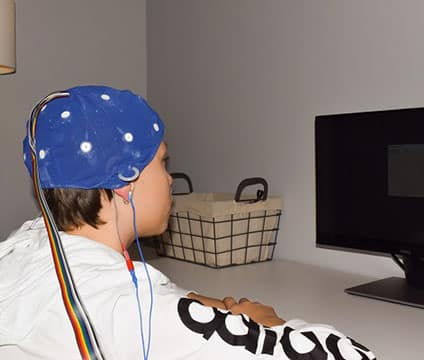
Personalized Health & Wellness Care for All Stages of Life
Functional Medicine Services in Minnesota
Functional medicine is a science-based and patient-centered approach to healthcare. At Newbridge Health & Wellness, our integrative care team treats the underlying root causes of illness to optimize your health. Learn More
Functional & Integrative Healthcare Services
Helping You Heal and Thrive
Quick Links
Why Choose Newbridge?
When you choose Newbridge, you’re choosing functional medicine. Our goal is to provide the best care that serves each patient in a functional, integrative, and holistic way. At Newbridge Health & Wellness, we work for you and your family. And you’ll never be just another face in the waiting room.
Rest assured that through our science-based, holistic approach we will treat you and guide you through the process, addressing your every concern along the way.
Evidence-Based Medicine
We believe in using a science-based approach that relies on empirical evidence, eliminating the guesswork and offering our patients greater confidence in their care.
Systems Approach
We consider many factors of health including all body systems, genetics, environment, nutrition, and emotional well-being as contributors to your overall health.
Patient-Focused Care
Our providers get to know each patient on a personal level, spending quality time with each patient individually. This allows us to carry out highly comprehensive evaluations.
Personalized Treatment
We understand every patient is unique. We build individualized plans based on your health needs and history in order to help you reach your personal health goals.
What Our Patients are Saying
I was so at a loss and hopeless and so so sick, I never knew if I would get any kind of full life back, and now I’m doing so many of the things that I love and I’m feeling better than I have in years, and to put it quite simply, Newbridge really just gave me my life back.
Kenzie M.
When this journey to help your child feels at its most complicated, and feels without hope, Stephanie Belseth is a beacon. Her intelligence, experience and compassion are exactly what’s needed to help heal our sickest kids. I’ll always be grateful to have her in our corner, offering protocols, suggestions and perspectives, all backed by research and underscored by her clinical insight.
K.S.
I just want to thank you for all you do… The staff are all so warm and welcoming, and always go the extra mile… Stephanie is so great with kids and she is so incredibly knowledgeable! My son has improved so much under her care, and his sensory issues are so much better. Thanks for all you’ve done to help him!
Trisha
I would like to take a moment to appreciate all the help and support that Jenny (extremely knowledgeable Health Coach) provided me in putting together a supplement schedule, answering questions/clarifications and navigating us through this journey.
Samiksha C.
I just appreciate how much time goes into each appointment and how much attention to detail Stephanie takes in understanding the patient’s needs.
Betsy L.
Our daughter had Ulcerative Colitis symptoms starting age 5, and we started seeing Stephanie shortly before our daughter’s 7th birthday… Through Stephanie, we had comprehensive stool/blood/urine testing done which were VERY helpful IMHO… Over this time (2 years) our daughter’s health has continued to improve – it’s currently been about 4 months since the last visible trace of blood in stools occurred! Lord-willing, if we can continue the gut-healing approaches through Stephanie (diet/supplements), our daughter will eventually not need the sulfasalazine prescription.
Robert






